Kylie White
works exhibitions news about
Six Significant Landscapes
January 12 - March 9, 2019
Opening Reception: January 12, 6-9 pm
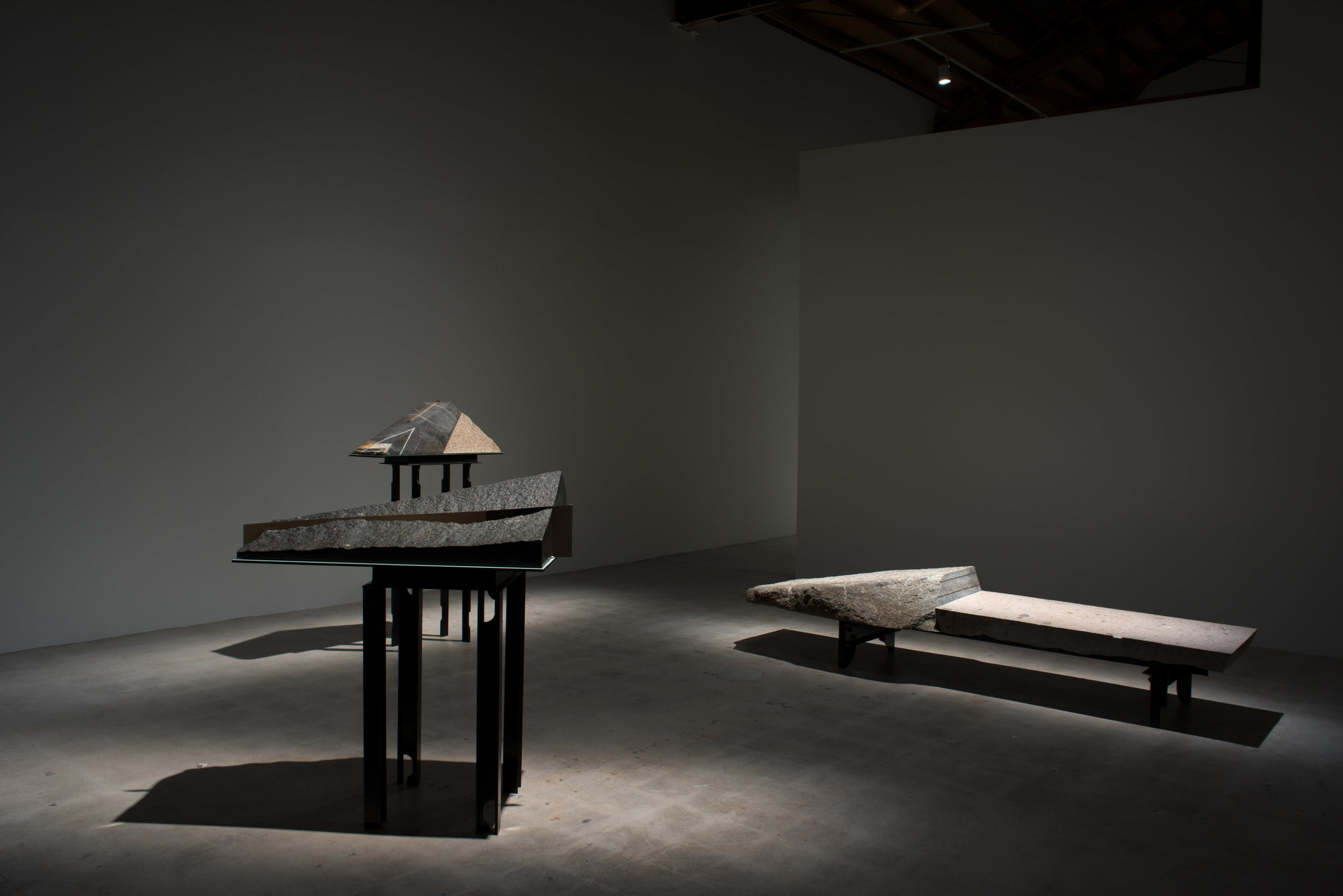
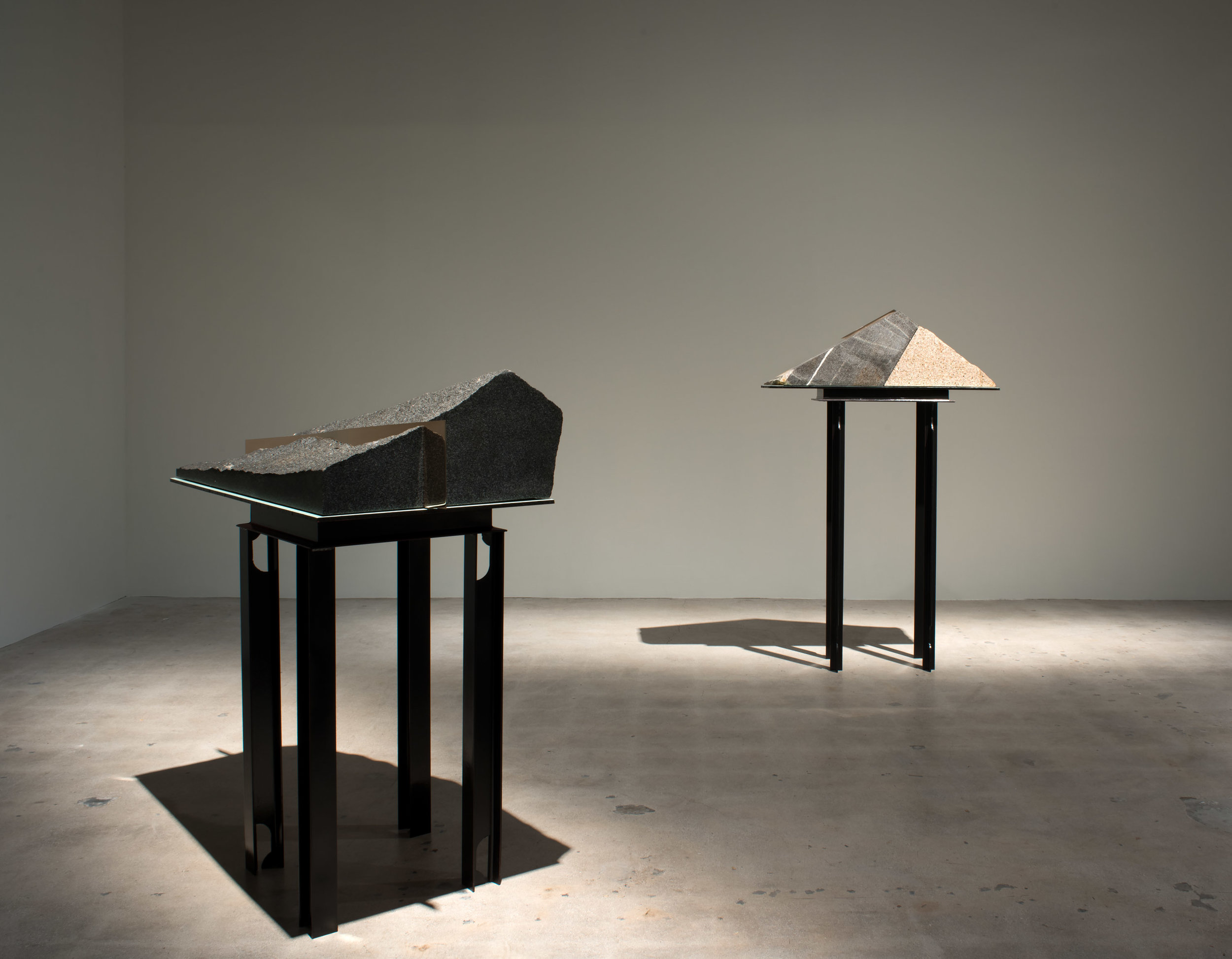
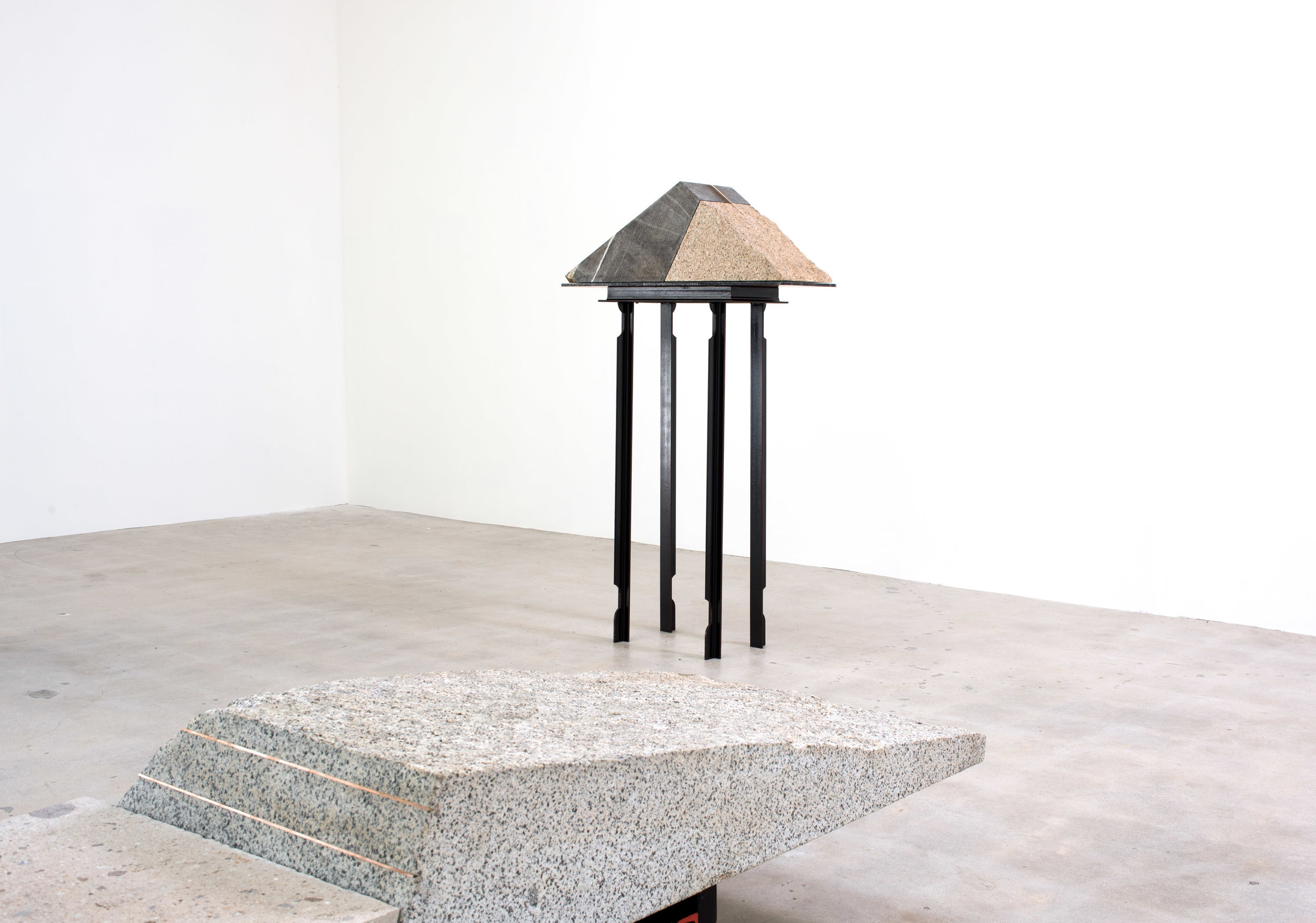
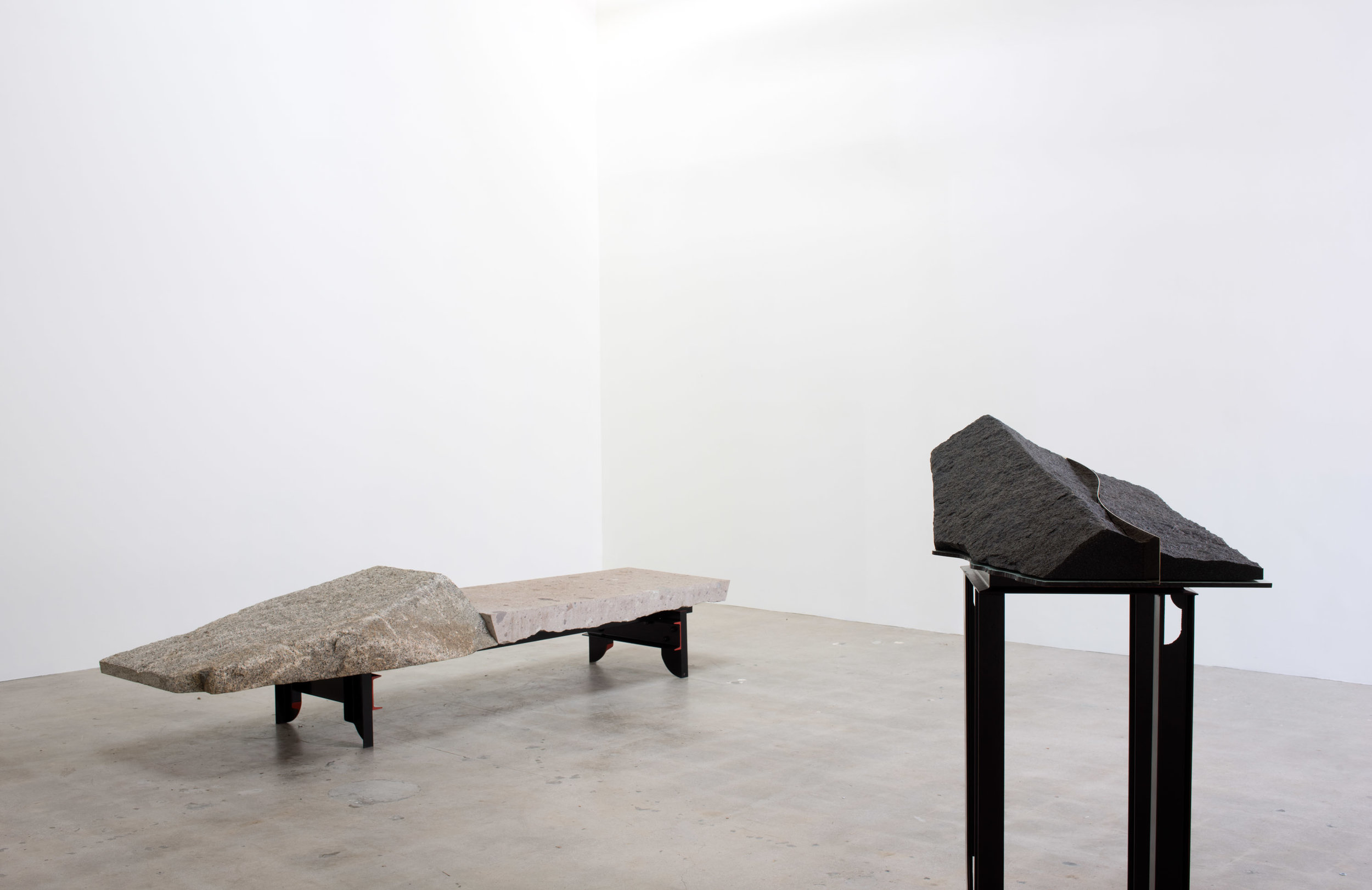

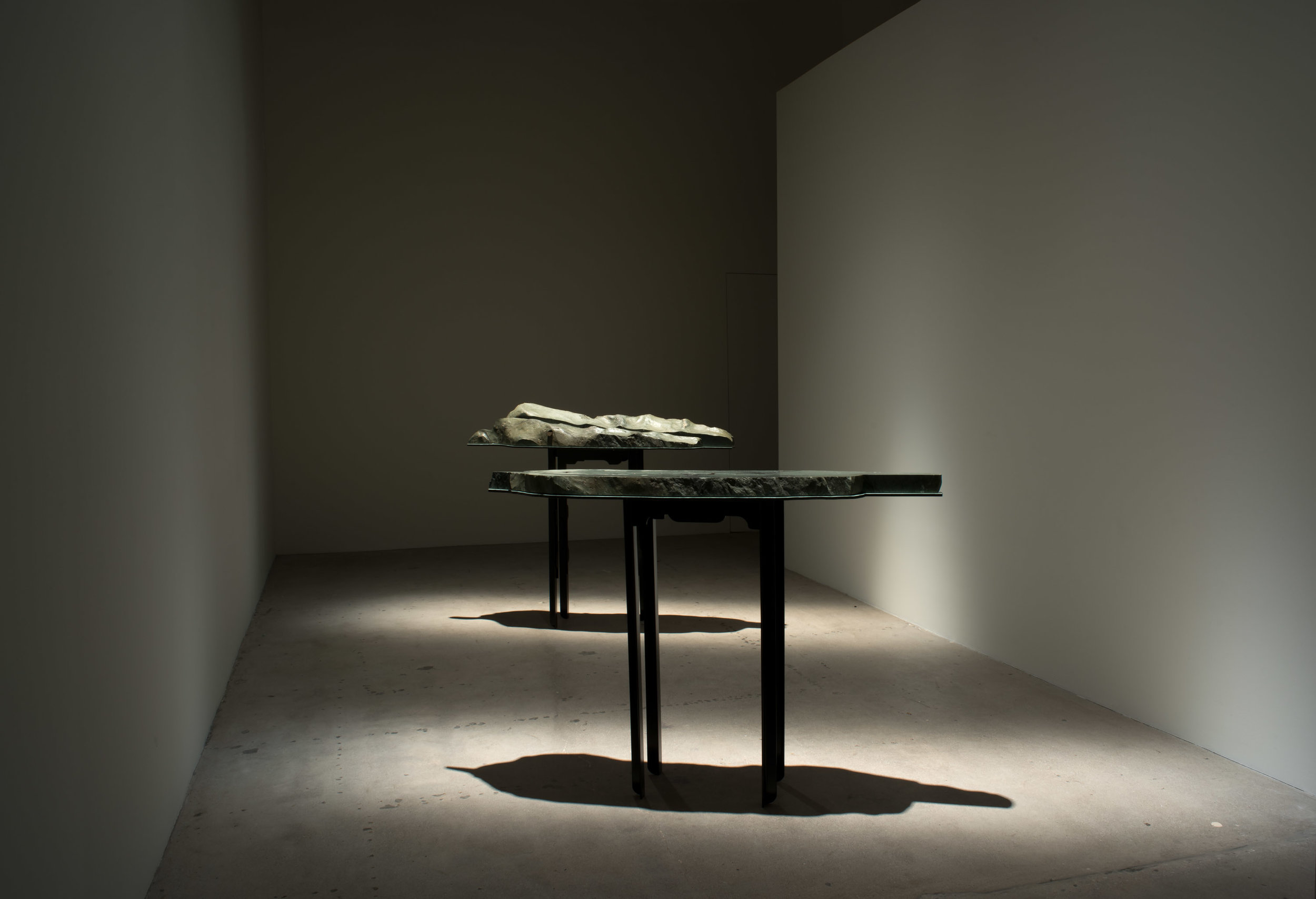
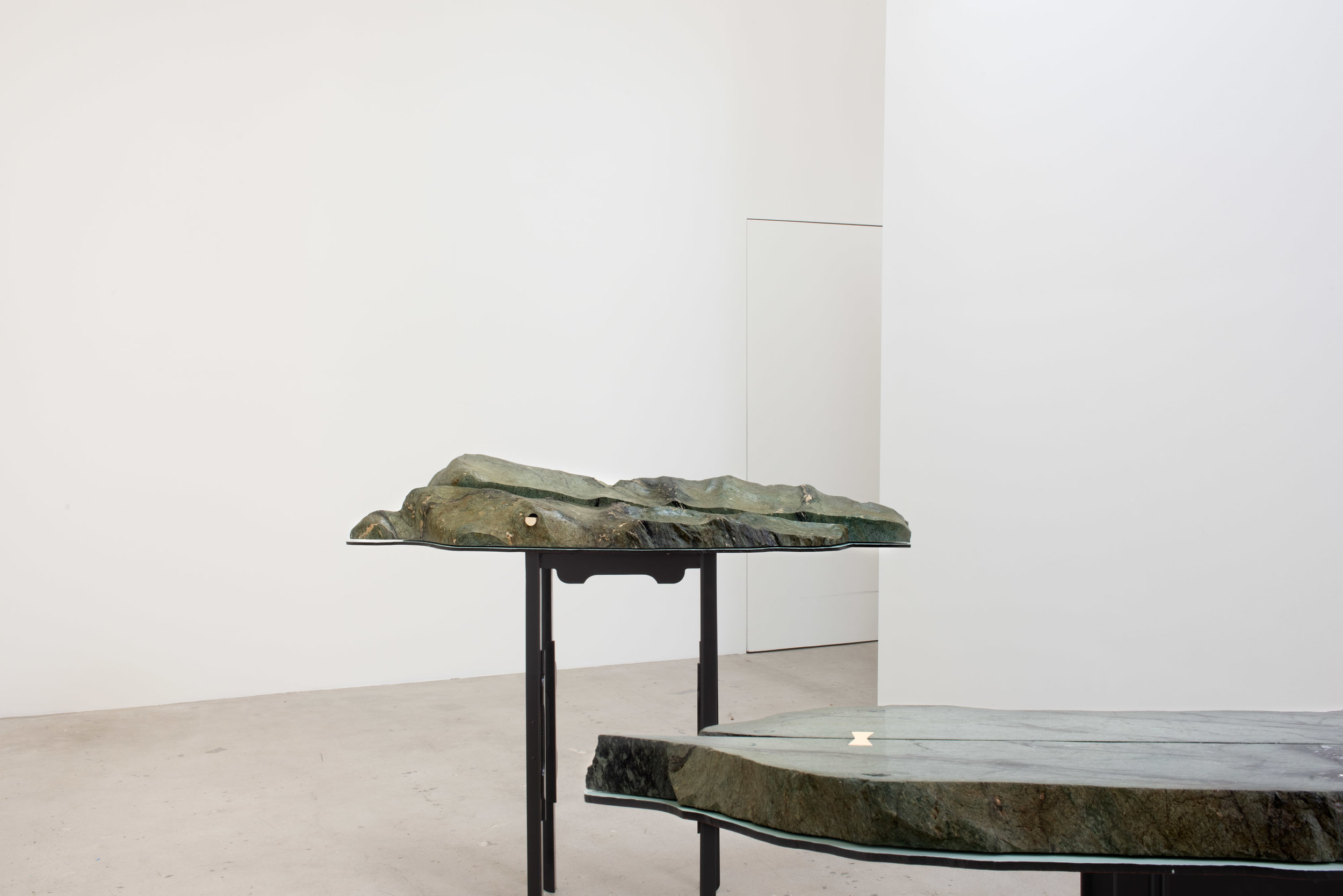

press release
Moskowitz Bayse is pleased to present Six Significant Landscapes, an exhibition of new sculptures by Kylie White. Six Significant Landscapes is the artist's first solo presentation with the gallery.
The six landscapes modeled in this exhibition are deemed significant not because of their historical provenance but because of their structural importance to the surface of California. Works in the exhibition are at once sculptures, scale models, geologic diagrams, and proposals; each depicts an active fault line, a place of displaced terrain due to tectonic movement.
The works in this exhibition rely on modern science to determine their forms and modern tools to generate them, yet allude to something ancient and sublime: humans amidst the immensity of the landscape. Because rocks are broadly fractal, a Chinese scholar’s rock can be used to conjure a much larger landscape. In this way, a sculpture becomes a waypoint between this universe and the next. In the case of Six Significant Landscapes, once the viewer imagines themself to scale in the model, they are transported out of the gallery and into that particular location. Furthermore, they are admitted into another timeline, a geologic one in which the triviality of their own existence becomes apparent.
While combining ancient and modern building materials, the sculptures lean heavily into classical forms of display and construction, and can best be detailed from the ground up, as sculptures typically develop in this way.
The first level is a frame built from steel which has been elegantly proportioned to give the above tiers a weightless quality in spite of their structural burden. The steel is painted black over red peeking through, like cracks of glowing lava through cooling earth, and perhaps referring to the steel’s smelted past. Next, a thick steel plate has been cut using heat nothing short of magma; standing in for the oceanic crust, it provides the intermediary step between the molten world and the solidified rocks above.
The rocks themselves are honed to outline the mechanical forces at play in different tectonic settings - extensional, compressional, lateral. These many layers of pedestals are reminiscent of geologic stratum and provide principal support for the topmost component in each sculpture: a scale model of a proposed public work referred to by the artist as an “Earth Fastener”. In each sculpture, the Earth Fastener, limned in bronze, is nestled into the rock. This component is the most decisive element and scales the viewer accordingly. At full scale in situ, an Earth Fastener would be imbedded into the moving lithosphere to show the mechanical forces which form landscapes. The use of bronze in the sculpture denotes its relationship to monuments, only in this case it is not a monument to a human event decorating the landscape.
Earth Fasteners pay homage to landscape in itself, the magnitude of force that created the most ancient of foundations, and the pedestal which we all share. It is an enactment of the moment-connection between built environment and terra firma. Earth Fasteners make the observer of a landscape an active attendant of deep time, viewing forms in the landscape as built by addition and subtraction, by mechanical means - viewing the landscape as a sculptor does.
